WORLD VISION BRIDGES WATER SCARCITY IN NAKASONGOLA DISTRICT
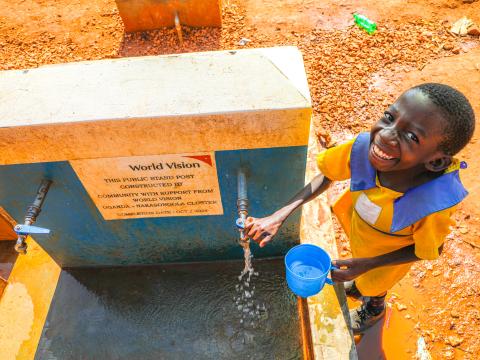
“We used to walk long distances searching for water, often times missing school. The lines at the boreholes were always very long and we spent many hours waiting,” says Kashana, a primary six pupil.
Nakasongola lies in the cattle corridor and usually suffers chronic drought, forcing families especially women and children to walk for kilometers searching for water. The water they used was often contaminated, causing children abdominal illnesses.
“Water from either the borehole or the dam was dirty. Whenever it rained, the water would get contaminated and change color. Another risk with the dam is that sometimes children would fall in the dam and die because they are not protected. It was very risky,” says 15-year-old, Simon.
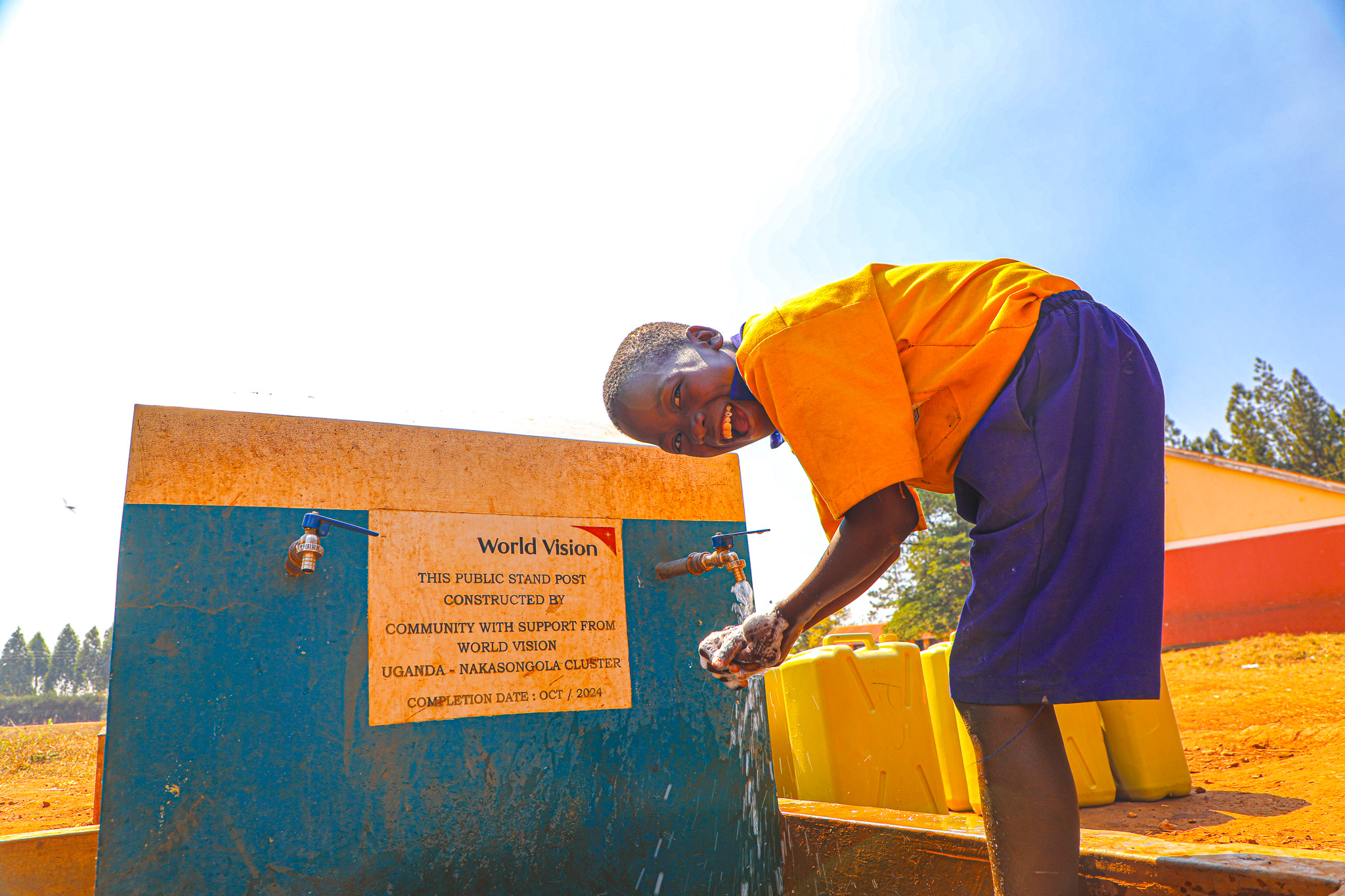
Limited access to clean and safe water coupled with walking long distances put lives of many children at risk. Recognising the crisis, World Vision patterned with Nakasongola district leadership and other stakeholders to install two state of the art motorised water facilities worth 3.2 billion Uganda Shillings. This intervention aims to serve 22 villages and improve access to clean water for a population of over 22000 residents.
The newly installed water schemes are located in the sub-counties of Nabisweera and Kalongo. The Kalongo water pump boasts a capacity of 60,000 litres, providing fresh water to surrounding communities within a radius of 11 kilometers. Whereas the Nabisweera water pump provides a capacity of 100,000 litres and serving residents across a distance of 25 kilometers.
The presence of a taps at schools has changed significantly lives of pupils and teachers. There is now enough water for everyone that is easily accessed at every person’s convenience.
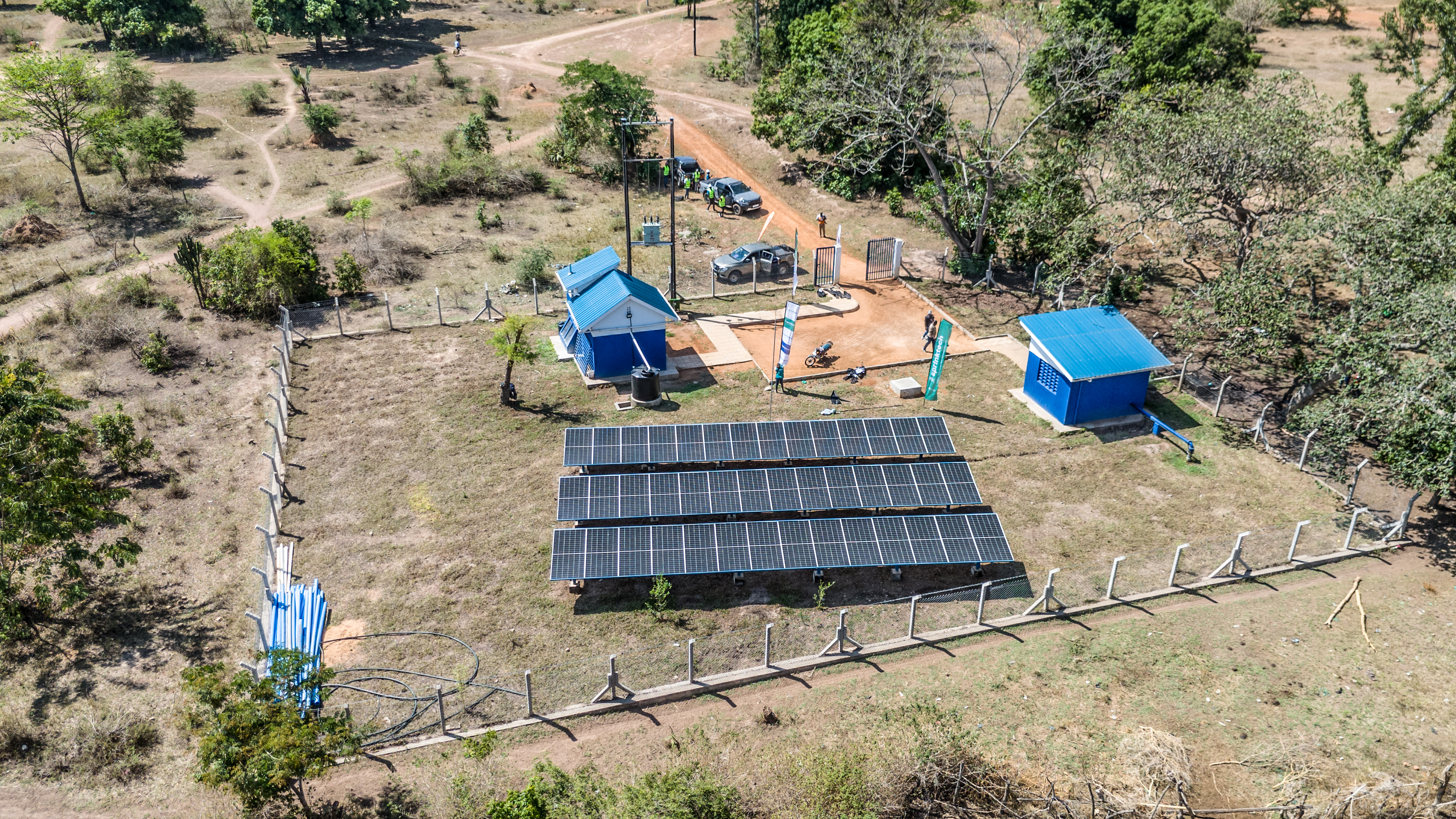
“Before getting water, it was hard doing laundry at school. The borehole was distant and I had difficulty in walking that far. My friends always helped me. Now the tap is at school and I can move out of class and drink clean and safe water,” says, 10-year-old Christina who lives with a physical disability.
Justine Rose, a head teacher says the school would incur costs buying water from boreholes to prepare porridge for learners at school.
“We would buy every jerrican at she 1,000 (0.27USD) and we used about 40 jerricans daily. Whenever we did not have money, we would move with the children for about 2 hours looking for clean water. Since we got water at our school, children now eat porridge on time, they have water to drink whenever they are thirsty, and the general sanitation of the school has improved,” she says.
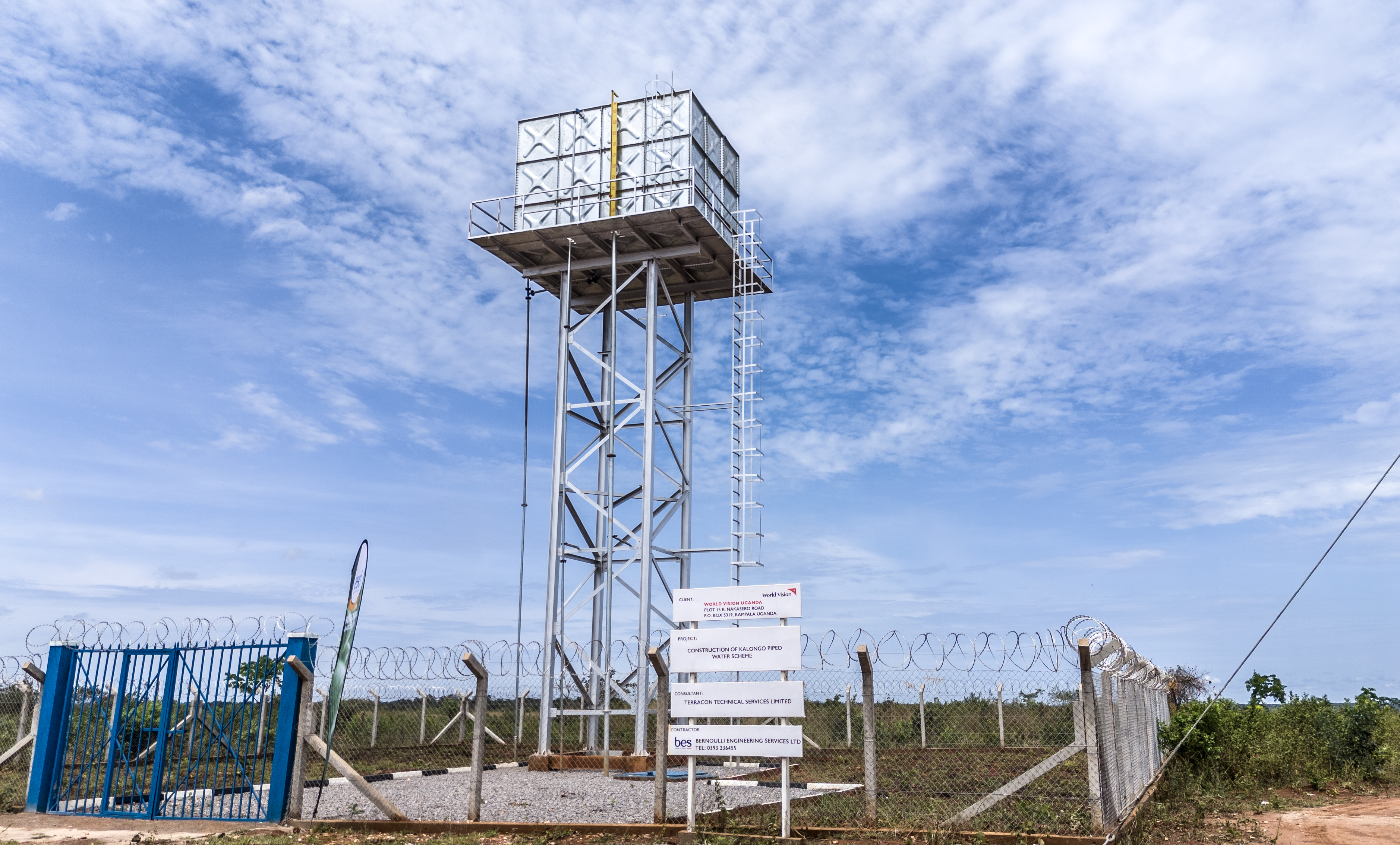
The piped water has also been extended to health facilities and strategic points in the community where residents can easily access.
“The availability of water in the community has been of great relief. World Vision has not only provided water but it is also sensitising people on the dangers of poor hygiene. We have noticed a mindset change and most people are now focusing on income generating activities,” says Moses Kajura, a health facility committee member.
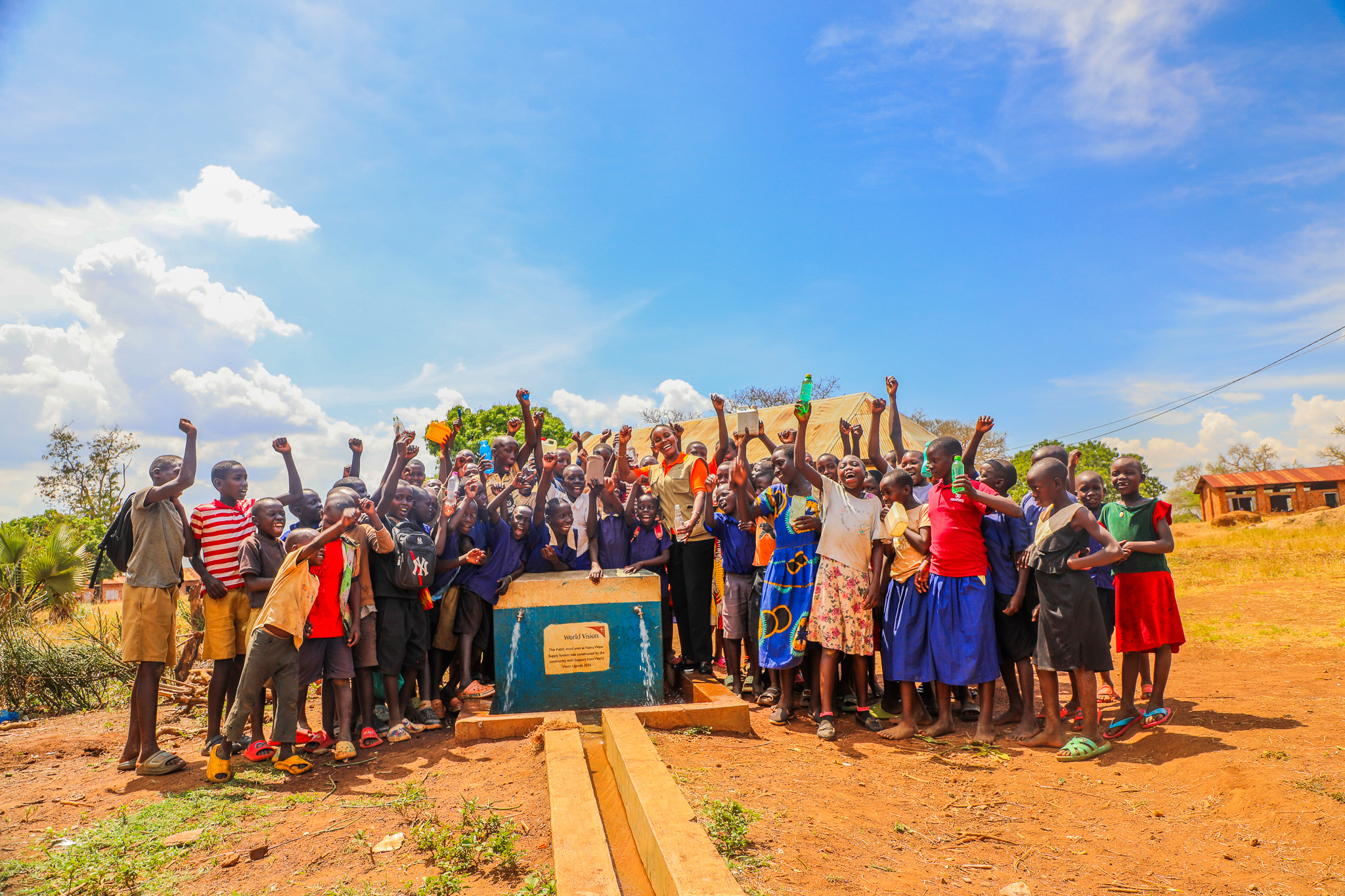
Hussein Mulondo, the district Water Officer says the initiative has addressed the challenge of people sharing water sources with livestock by increasing the number of access points from one to over fifteen, ensuring that schools, churches and health facilities have access to clean water.
James Kaahwa, the Director of Programmes at World Vision says the new facilities were established to reduce the burden of water collection on the residents especially women and children but will also contribute to the overall well-being of the communities.
“The implementation of these motorised water systems is expected to significantly impact the quality of life for the residents, reducing waterborne diseases and enhancing opportunities for education and economic development,” he says.
By: Derrick Kyatuka, Communications Manager, World Vision Uganda